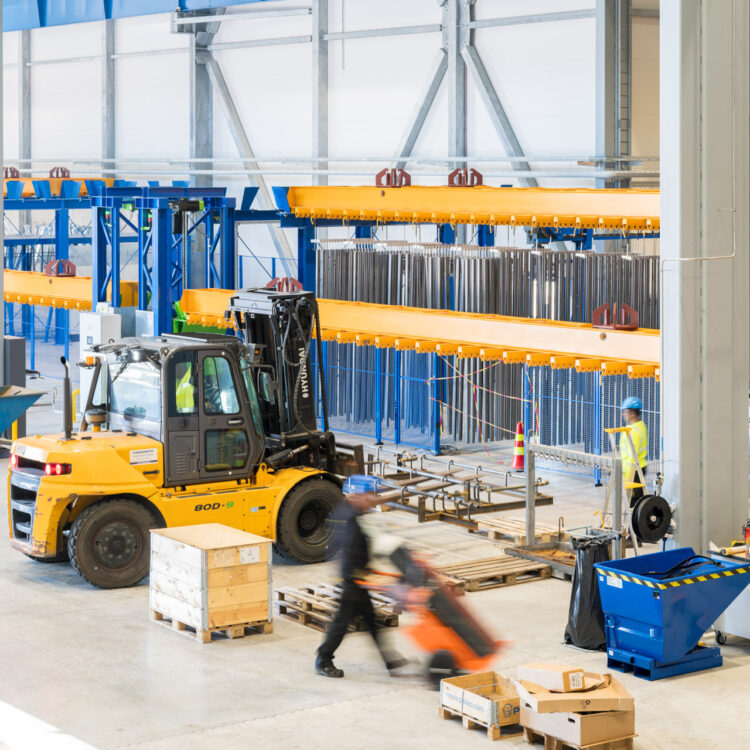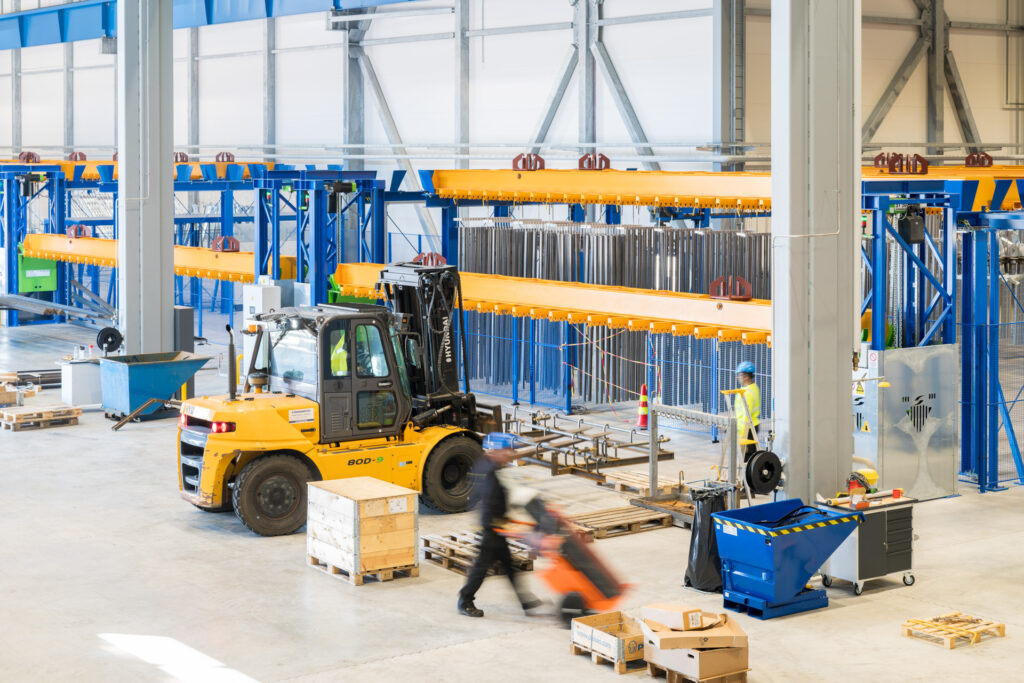
Caruna: Emissions Decrease as Finland’s Industry Electrifies
As Finland’s industry moves towards electrification, emissions are significantly reduced. Companies are upgrading their electrical connections as they phase out combustion-based energy sources. This shift is evident in Caruna’s data, which shows a growing demand for larger electrical connections.
The clean transition is no longer a distant goal but a present reality. Many companies are now prioritizing energy efficiency during the design and construction phases. In many places, using combustion as an energy source is becoming a thing of the past.
Most industries in Finland use enough electricity to be directly connected to the medium-voltage distribution network (20 kV), typically necessary when the customer’s power demand exceeds 0.7 megavolt-amperes.
According to Joni Kokkonen, Sales and Customer Manager at Caruna, the pace at which industries and companies are electrifying is unprecedented, as reflected in the growing demand for larger electrical connections.
“In 2024, by August, we had delivered more new medium-voltage connections than ever before. Over the past five years, the number of new medium-voltage connections has increased by around 40%,” Kokkonen states.
Hot-Dip Galvanizing Plant in Lieto Achieves Carbon Neutrality by Electrifying Operations
Aurajoki Oy, a manufacturer of steel structures and coatings for the metal industry, has incorporated sustainability and carbon neutrality into its strategy. The company set a goal to become carbon-neutral by 2024.
“The importance of sustainability in industrial operations is becoming a key competitive factor. Of course, we also want to contribute to solving the world’s sustainability challenges,” says Ralf Sohlström, CEO of Aurajoki Oy.
The carbon-neutrality goal includes fossil-free electricity and heat, as well as electric forklifts, among other measures.
“We achieved carbon neutrality at the beginning of the year, and we are proud to be the first carbon-neutral company in our field in Finland,” Sohlström says.
Aurajoki’s latest hot-dip galvanizing plant is located in Lieto, near Turku. For this facility, the company ordered a medium-voltage electrical connection from Caruna, enabling the electrification of the plant’s operations.
“All our hot-dip galvanizing plants use electrically heated zinc baths, making the carbon-neutral process relatively easy to achieve. Thanks to new technology, the Lieto plant uses approximately 40% less electricity.”
The waste heat generated during the hot-dip galvanizing process at the Lieto plant is recovered and used to produce district heating. Approximately 2,300 MWh of this heat is supplied annually to the Lieto district heating network.
“The design of the plant’s production equipment and building technology focused heavily on energy efficiency and operational reliability. We need a stable electricity supply 365 days a year to keep the process running and maintain the zinc in a molten state. For example, the zinc bath is secured with two separate transformers,” explains Mikko Mäkinen, Development Director at Aurajoki Oy.
“To our knowledge, no similar setup has been implemented anywhere else in Europe, which is why we claim that the Lieto hot-dip galvanizing plant is the most environmentally friendly of its kind in Europe,” Sohlström says.
As Finland continues its electrification journey, ensuring that distribution networks can keep up with the green transition is crucial.
“The electricity grid is struggling to keep pace with electrification. We need to invest in expanding grid capacity. Unfortunately, tighter regulations have weakened Caruna’s ability to invest, and we cannot implement all the proactive grid development investments we would like,” Kokkonen concludes.

